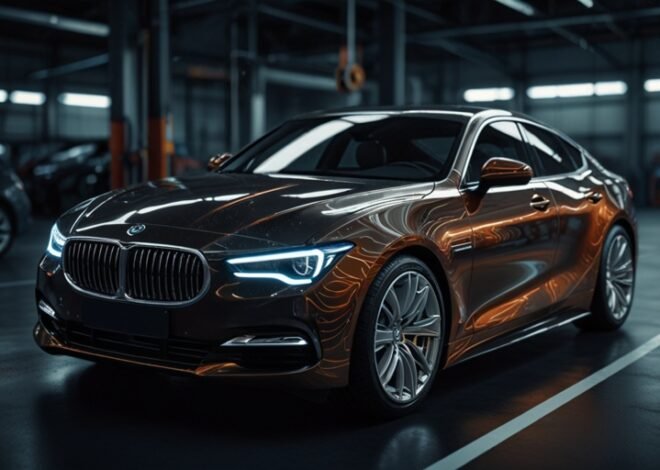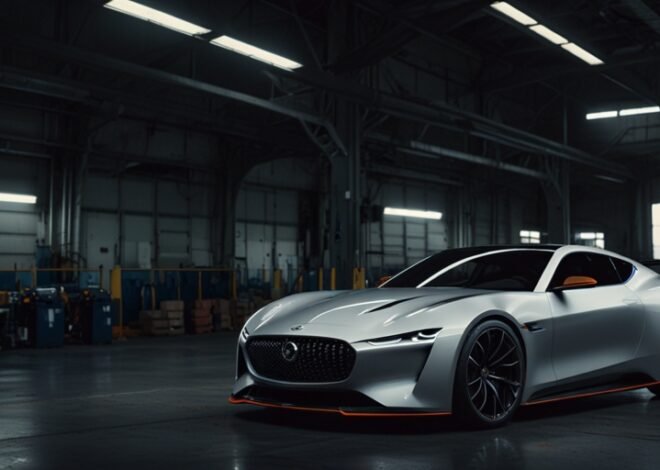
Electric Vehicle Sales Surge In California As State Pushes For Zero-Emissions
Plans for zero-emission vehicles in California are in full gear as more EVs dominate the markets in the state. According to the new statistics unveiled by the California New Car Dealers Association, more than 20 percent of new vehicles sold in the state are electric.
This surge in the use of EVs occurs as California remains at the forefront of exerting a very high level of effort towards combating climate change and then reducing the use of greenhouse gases in vehicles. With its mission to phase out the sales of new gas-guzzling vehicles by the year 2035, the state has pushed carmakers into synchronizing EV timelines and has also influenced consumers to switch to electric cars.
Several factors are pushing the sales growth of EVs in California; Smaller Req earnings due to lower electricity costs and Medium to Large Requirement earrings indicate that the Californian market offers numerous opportunities for the sales of EVs to consumers. New advancements in battery technology have increased the mileage of electric cars, reducing stress about the limitations that previously discouraged their use. Newer entrants into the EV market boast of ranges well above 300 miles per charge, implying that they can be used in both long journeys and regular commutes.
They have also attributed the increase in the uptake of electric vehicles to the existing expansion of charging stations across the state. Public charging infrastructure has also received much attention with much retail outlets set in the Cali region especially fast charging apparatus that can cut down on time taken in the charging process. Supermarkets and other stores, offices, and other large buildings have begun installing charging ports, which are steadily becoming an obvious necessity in electric cars’ owners’ lives.
Thus, purchase incentives are still the strong motivators behind the growing fields of the EV market. Although the federal tax credit offers for EVs have evolved with the passage of the Inflation Reduction Act and are likely to continue to do so, California provides further state benefits that help make EVs more affordable for most consumers. Some are rebates, grants, and special electricity rates for EV charging.
There is also increased diversification of electric vehicles in the market which has also made the vehicle more popular. The deceptions of the past that made the first EVs look like small compact cars with only a few offers in showrooms are the luxury sedans of today’s offering, not to mention the family SUVs and pick-up trucks being offered. It means consumers are capable of identifying an electric car that fits their ideal life standards and choices.
The complex emission standards in California have thus influenced car manufacturers to focus on popularizing electric vehicles within California. Most automakers are rolling out their latest electric vehicles in California first because the state has been a leader in the shift toward EVs.
This change in vehicular technology is already having domino effects on all sectors of California’s economy. The state is witnessing an evolution of other industries allied to electric cars body manufacturing like batteries, charging station installation, and software for the electronic vehicles. These have caused development of new employment and economic opportunities in relation to green technology.
Nevertheless, the increased diffusion of EVs has its drawbacks. A higher demand to power these electric vehicles is exerting pressure on the electric grid in California especially during high consumption times. Some more load is being expected from the EVs and both utilities and state officials are trying to enhance the infrastructure and find out ways of smart charging.
Essential questions still revolve around battery production and disposal, which come with the effects on the natural environment. Although EVs are free from exhaust pipe emissions, battery manufacturing can be a complex and sometimes dirty process. This applied research investigates potential and best practices that can deliver improvements in battery recycling and a more sustainable life cycle for the various parts of an EV in California.
The shift to electric cars is also posing new concerns on future prospects of conventional car dealerships together with repair shops. Other industry experts have forecasted that since EVs demand less servicing than gasoline cars the business model for the automotive sector will change.
Still, everything considered, the pace of EV adoption across California continues to gather pace rather than slow down. The promises of the state of emission reduction together with innovative transitions and consumer choices have extended the premise of structural change to the automotive industry.
While the state of California remains most advanced in such change, other states have followed this lead and started making their own efforts towards a transition towards the use of EVs. California’s drive to EV implementation could be an example for the rest of America in the battle against climate change through transportation emission cut down.
In California, the growth of EVs is a great achievement in the transitional steps toward achieving a climate target for the state. With the assessed advancement in the technology and facilities of these vehicles, it could be easier to predict that electric cars are out on the California proving grounds as a positive step to a greener future for automobile transport.


